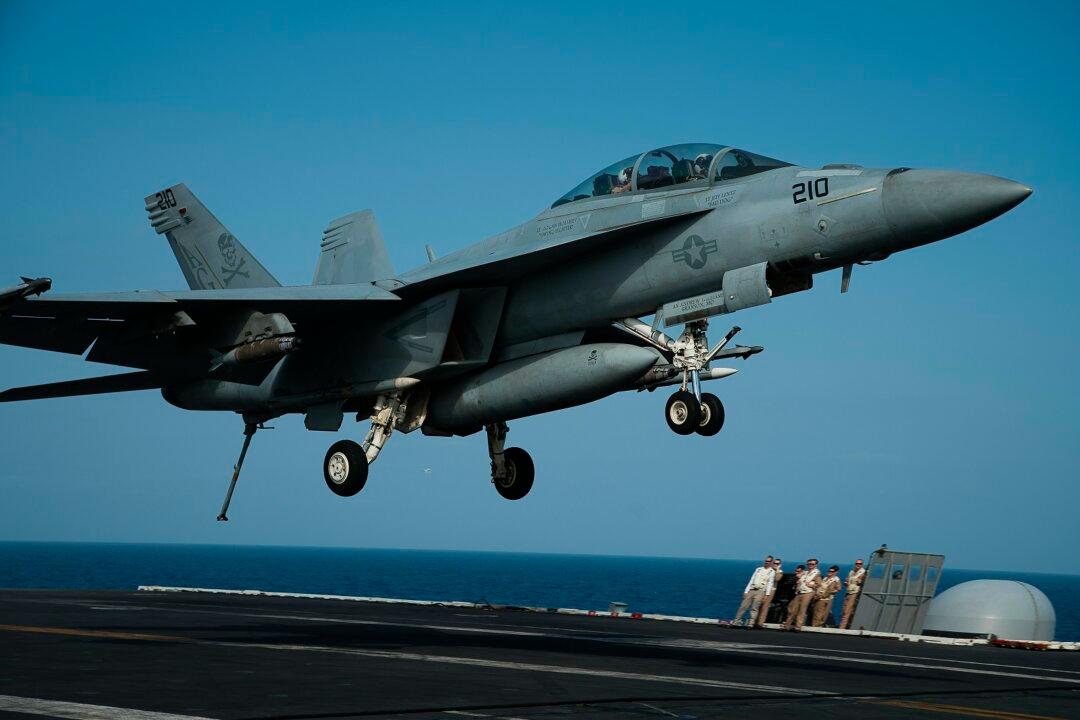ABOARD THE USS ABRAHAM LINCOLN—The U.S. aircraft carrier ordered by the White House to rapidly deploy to the Mideast over a perceived threat from Iran remains outside the Persian Gulf, so far avoiding any confrontation with Iranian Revolutionary Guard forces, amid efforts to de-escalate tensions between Tehran and Washington.
Officers aboard the USS Abraham Lincoln repeatedly told The Associated Press on June 3 they could rapidly respond to any regional threat from their position, at the time some 200 miles off the eastern coast of Oman in the Arabian Sea.





